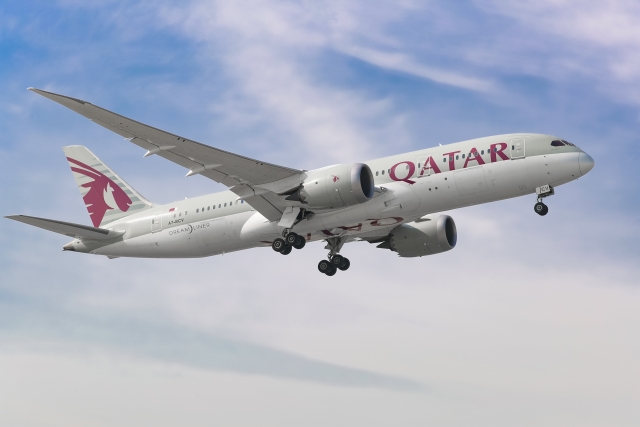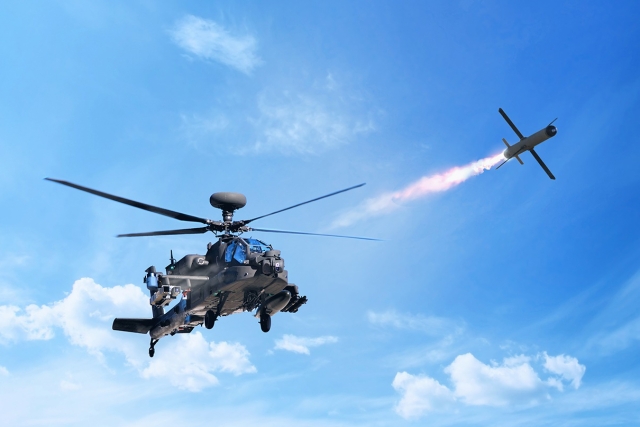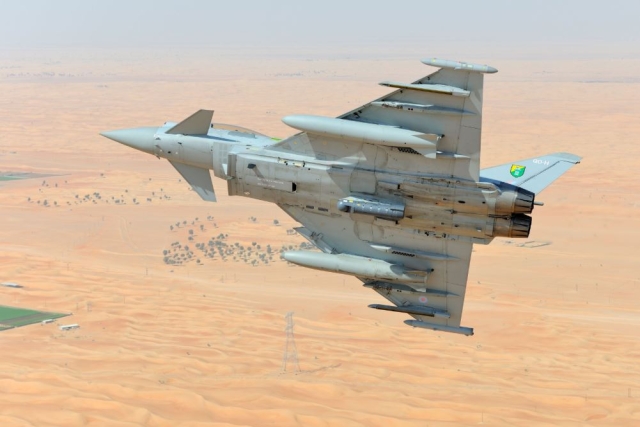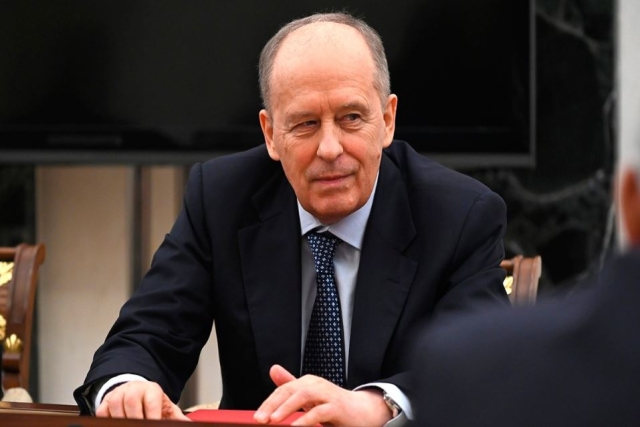USAF Mentors Qatari AF on Tactical Air Control Party Capability

Airmen from U.S. Air Forces Central discussed development of a Tactical Air Control Party capability with the Qatar Emiri Air Force during a Qatar/AFCENT Friendship Event October 22, 2020.
While the QEAF TACP program is still in its early stages, partnering with the U.S. Air Force to build the capability will help ensure its ability to provide close air support safely and efficiently, the service said in a release today.
“We are honored to provide our perspectives on the U.S. Air Force TACP community, how they align with ground forces, how to build Joint Terminal Attack Controllers, and the training and organizational infrastructure required to maintain their lethality,” said U.S. Air Force Col. Langdon Root, 609th Air Operations Center Combat Plans Division chief.
“The QEAF’s request for our support reinforces the trust and mutual respect our two militaries have built over decades of collaboration and reflects their growing combat capability,” Root said. “They will soon begin flying the F-15QA in Qatar. If the QEAF can partner these modern fighters with qualified and proficient JTACs, it will provide a lethal air-to-ground capability that complicates the calculous for regional aggressors.”
The QEAF has high hopes for its TACP program as they obtain new platforms and wish to maximize their capabilities to ensure regional stability.
“A program like this is going to enhance our level of power and it will enhance our strategies,” said Major (Pilot) Fahad Mubarak Al Hajri, QAF JTAC Committee Chairman. “With the modernization of our Air Force and the acquisition of new platforms like the [AH-64E Apache Guardian attack helicopter] and the F-15, this will help maximize the combat capabilities of the Qatar Emiri Air Force through the use of air power and close air support. Working with the U.S. Air Force is a critical part of building this program.”
The U.S. Air Force and the QEAF have maintained a consistent friendship for several decades and this is not the first time they have worked together.
“This is a continuation of the Qatar/AFCENT Friendship Event series, which began in August with an F-15QA familiarization event that culminated in a Distinguished Visitor flight for the QEAF Commander and the Qatari Ministry of Defense. These events are a testament to our shared commitment as partners in pursuit of regional security and stability,” Root said.
All of the training and certifications TACP specialists receive are critical to ensuring their accuracy and lethality. For the U.S. armed forces, this is an accumulation of knowledge spanning back to World War II.
“The TACP’s roots are found in U.S. tanks rolling over the battlefields of Europe during WWII,” Root said. “Consequently, the U.S. Air Force TACP model has matured for decades into a professional, specialized and flexible force that integrates airpower into the ground commander’s scheme of maneuver.”
U.S. Air Force TACP specialists imbed with Army units on the frontline and have the incredible responsibility of calling in air strikes on the right target at just the right time.
“TACP is an entity that is responsible for integrating joint effects, whether it’s joint firepower like Army or Marine artillery, naval surface fires or air-to-surface munitions from fixed wing or rotary wing aircraft, and integrating that onto the battlefield and in close proximity to friendly forces,” said U.S. Air Force Tech. Sgt. Chase Beck, USAFCENT TACP specialist. “We train and focus on the integration of joint effects, or joint fires, and close air support solely. That is our one job. We strive to be the best; that is what we train to stateside and that is what we do around the world.”
The joint integration aspect of TACP is incredibly important due to their work with U.S. Air Force assets, as well as Army, Navy and Marine artillery, aircraft and naval weaponry. They also work closely with international partners.
For Qatar, a TACP program will help the nation support the U.S. and coalition forces in an additional way.
“There are many potential benefits to a successful QEAF TACP program,” Root said. “There is potential for regional burden sharing if strategic interests continue to align, and great opportunities to collaborate on training, tactics, and equipment that would make both militaries better and more capable of defending the region.
“Qatar has been a close friend and strategic partner to the U.S. for many years,” Root concluded. “We share a common commitment to peace, stability and prosperity that makes our partnership natural and beneficial for both nations. Much like their purchase of F-15QAs and C-17s from the U.S., and their hospitality in basing U.S. and Coalition forces at AUAB, this TACP briefing is a continuation of our close relationship and willingness to strengthen bonds that unite us.”












